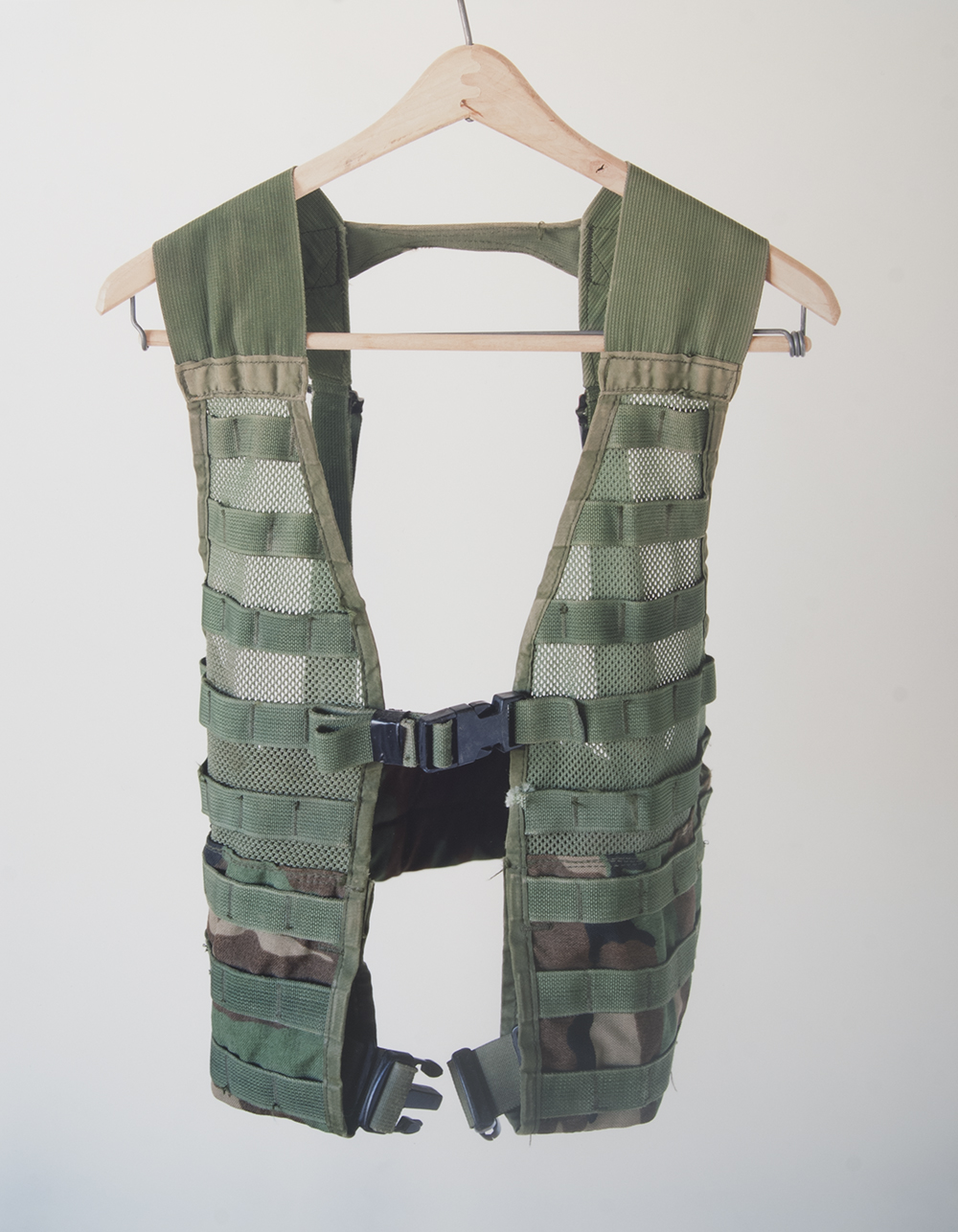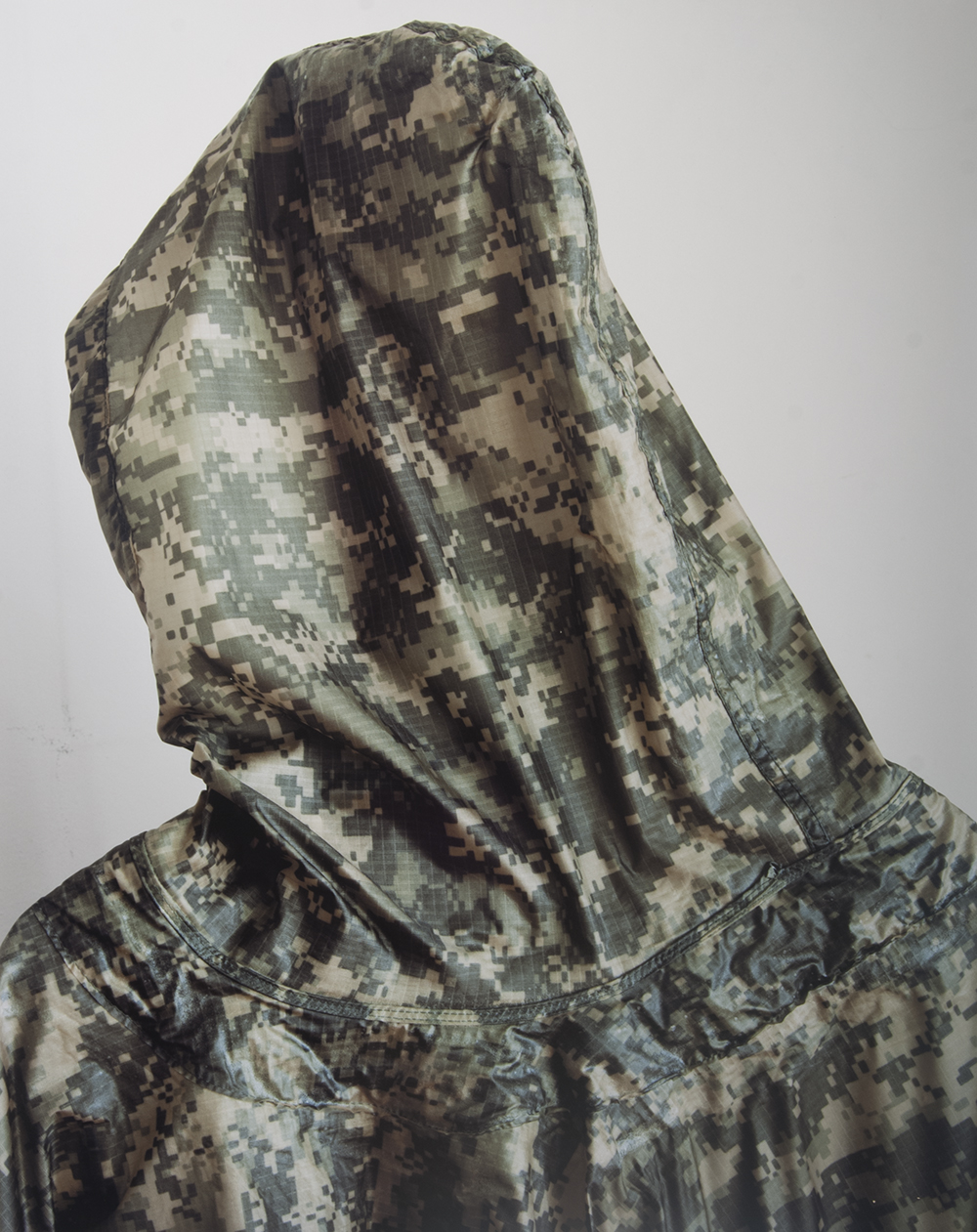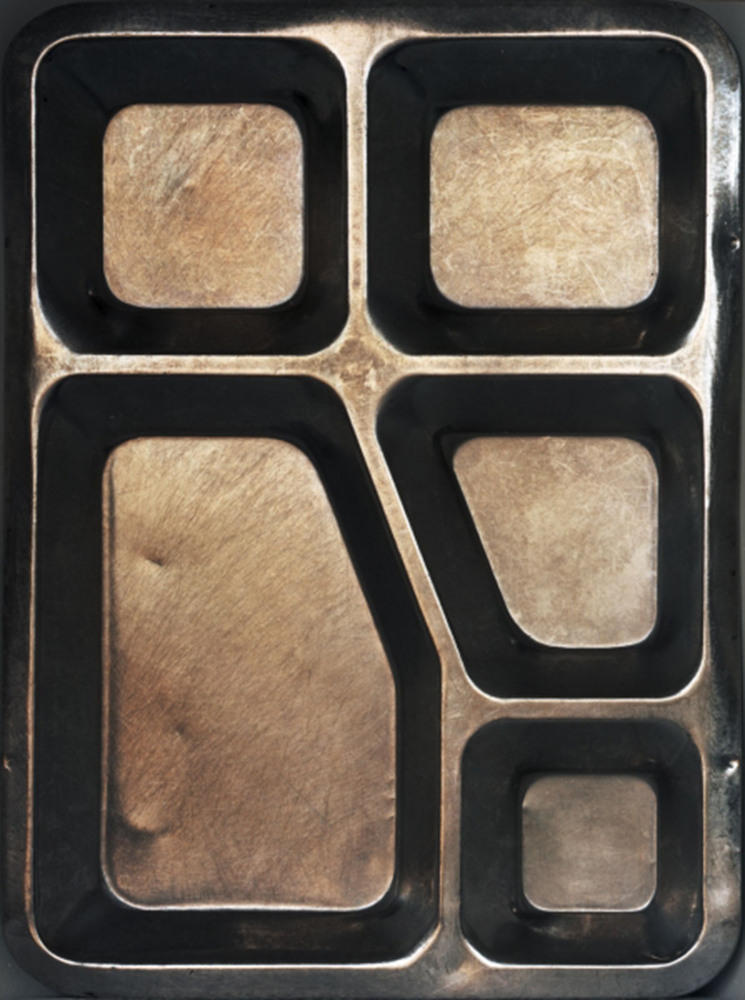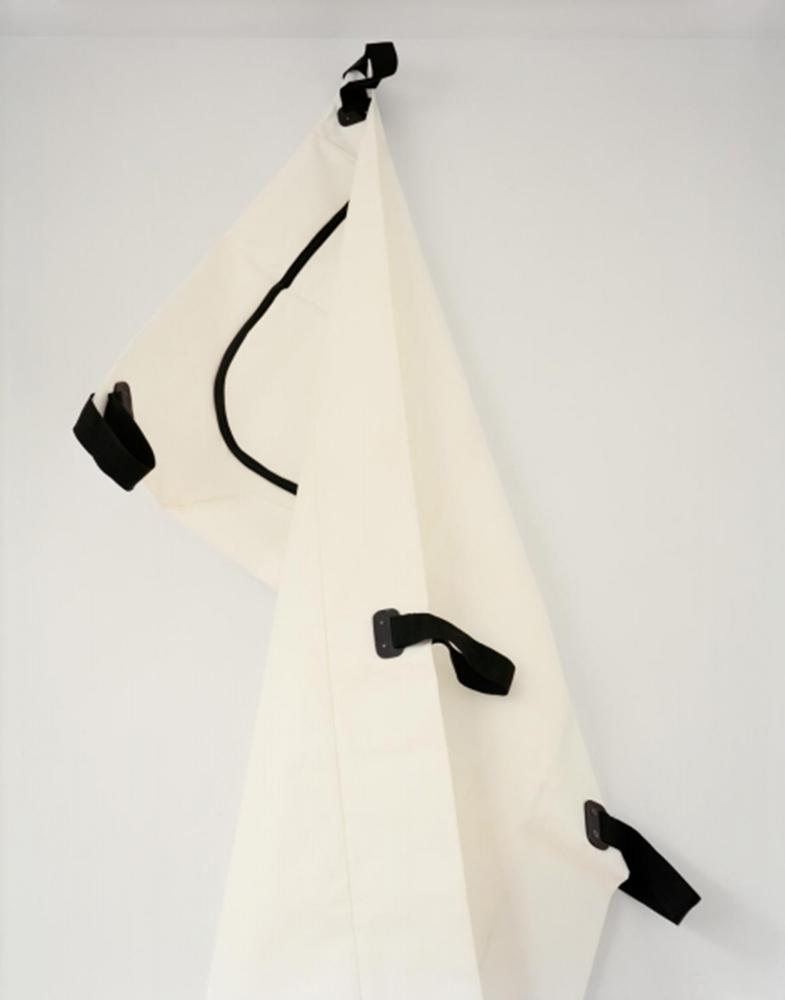Scott Fortino
(American, b. 1952; resides Chicago, IL)
In his most recent body of work, Between utility and desire (2014-present), Scott Fortino photographs the surface of windows in downtown Chicago buildings. His images both peer into the interiors of iconic architecture, such as structures designed by Mies van der Rohe, while also reflecting the outside environment, thereby merging, in camera, the vivid patterns and colors of two divided spaces. The downtown post office is transformed into intertwining patterns of metal and glass. In other images, colorful plant life blends with blinds and metal girders, creating triangular shapes that evoke Institute of Design era photographs by artists including Ray Metzker, Richard Nikel, and Ken Josephson. Fortino’s photographs meld industrial steel and plate glass—the materials that comprise the majority of skyscrapers built in the city since the 1950s— with reflections of the street, creating an alternate look at Chicago’s architectural landmarks at ground level.
Scott Fortino completed his BA from Columbia College Chicago (1980) and an MFA in Photography from the University of Illinois at Chicago (2001). In addition to numerous solo exhibitions throughout Chicago, including at the Museum of Contemporary Photography and the Museum of Contemporary Art, he has published the monograph Institutional (2005). His work is held in the collections of the Worcester Art Museum, Worcester, Massachusetts; Art Institute of Chicago; Block Museum, Northwestern University, Evanston, Illinois, and the Milwaukee Art Museum.















Past Portfolios
A Chicago police officer for twenty-three years, Scott Fortino once thought of his job and his artwork as diametrically opposed. After returning to graduate school for photography in 1998, however, he realized that his uniform facilitated access to restricted places rich in photographic potential. In his photographs of institutional spaces, Fortino explores the psychology of confinement and protection. Observed with an almost clinical formality, his pictures of Chicago public school classrooms and police station holding cells, both highly structured and regimented environments normally filled to capacity, resonate through the absence of human presence. Fortino works with methodical precision. By selecting scenes in which fields of color and line flatten out space, he confines our attention to the interior details that the rooms’ occupants have left behind. Brightly colored walls and graffiti evidence attempts to reverse the deadening and leveling affects of the bland institutional environments, as well as the very human need to assert independence and individuality in the face of restriction and impersonality.

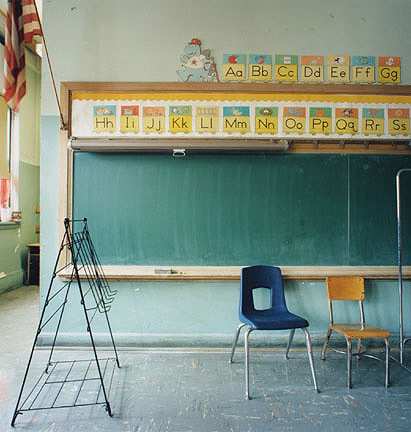
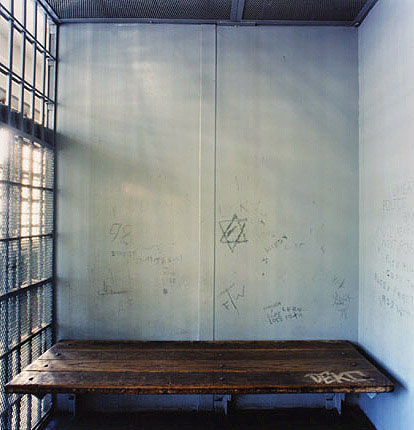
Extracted from the landscape of war and isolated inside his studio, the military objects in Scott Fortino’s series Unfurl (2009-2010) are photographed with the same systematic precision found in his images of empty institutional spaces. Removed from their contextual environment, the objects and materials are presented almost like artifacts. Some objects, like in Body Bag (2010), are pinned to the studio wall not unlike artwork in a gallery. In Mess Hall (2009), a food tray is photographed to emphasize the lasting wear it has endured throughout its use over time. Others, like the camouflaged rain jackets in Poncho (Desert Digital) (2009) and Poncho (Alpine) (2009) become eerie placeholders for the troops meant to wear them. Their clean, careful display contrasts the gritty realities of war, and highlights instead the fabrication and materiality involved in outfitting conflict.
